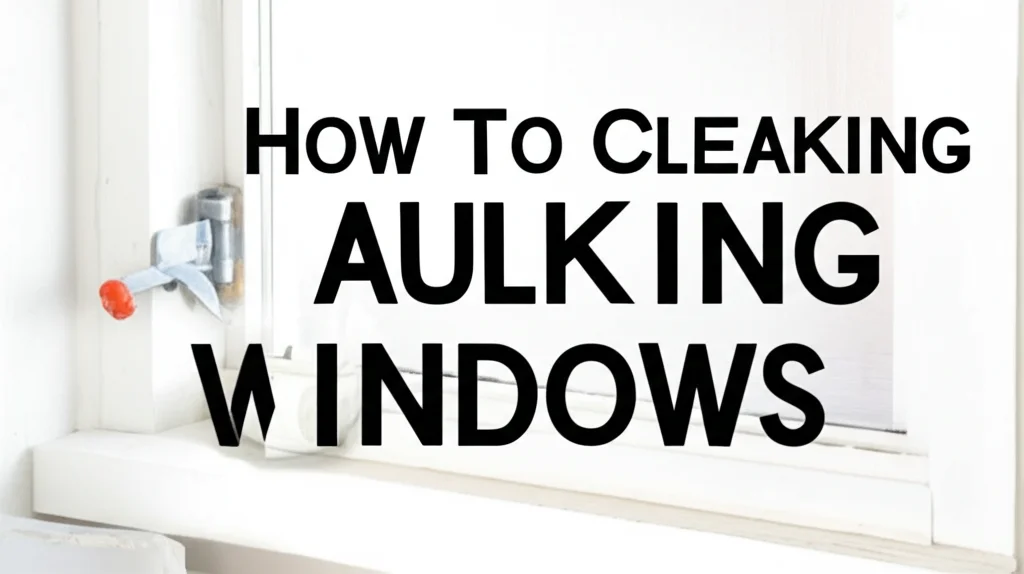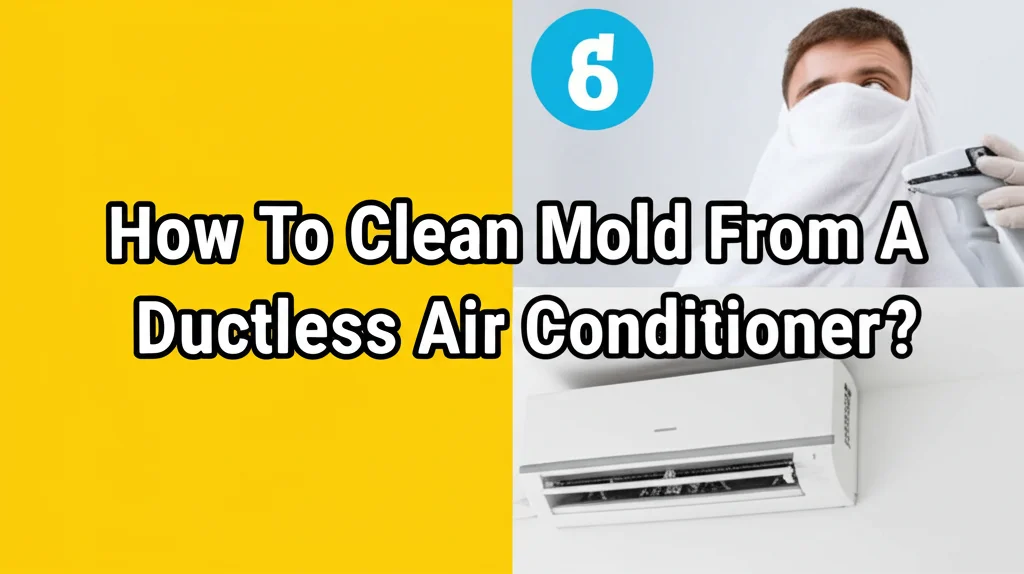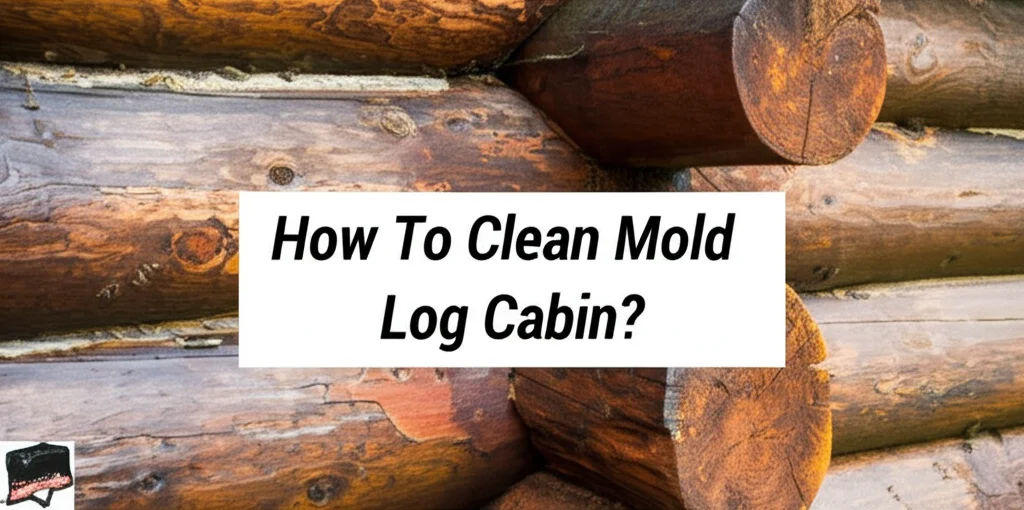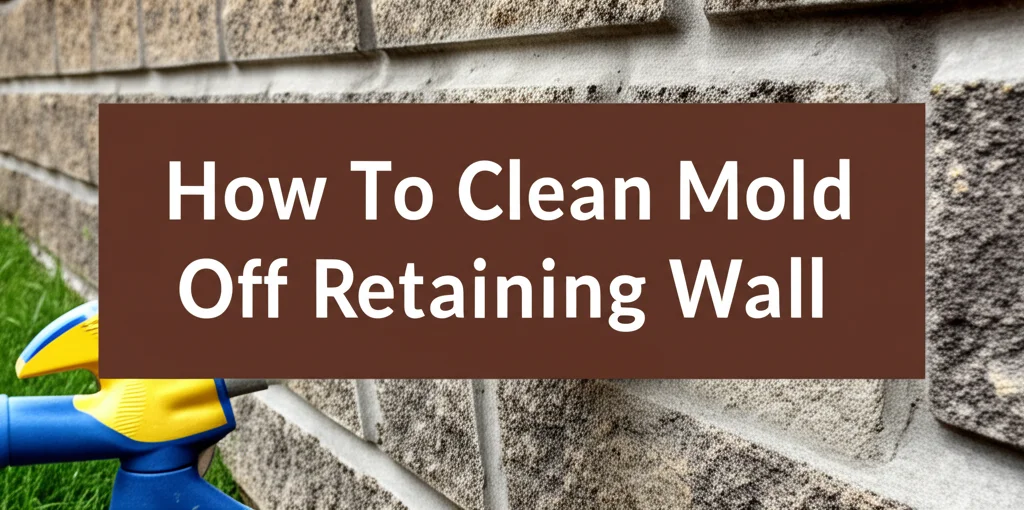· Home Improvement · 7 min read
How To Clean Mold From Concrete Floor
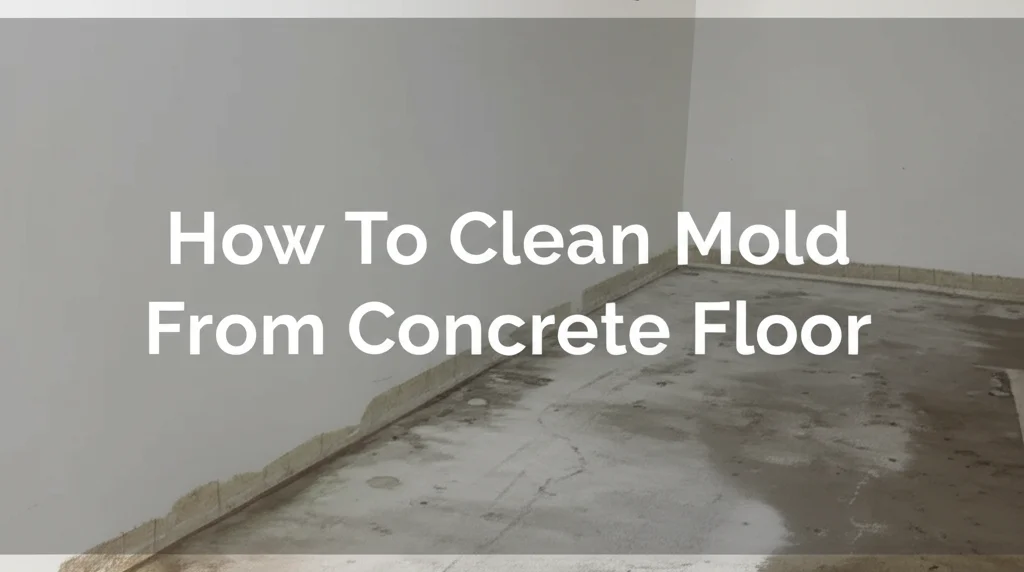
Tackling Mold: How To Clean Mold From Concrete Floor
Have you noticed unsightly patches or a musty smell emanating from your concrete floor? You’re likely dealing with mold. Mold on concrete isn’t just an aesthetic issue; it can pose health risks and even compromise the structural integrity of your home. This article will guide you through a comprehensive process of how to clean mold from concrete floor, offering effective solutions to restore your floors and ensure a healthier living environment. We’ll cover everything from identifying the type of mold to preventative measures, so you can confidently tackle this issue. Let’s get started!
Takeaway:
- Identify the mold and assess the extent of the problem.
- Prioritize safety with proper protective gear.
- Choose the right cleaning solution for your situation.
- Thoroughly clean, scrub, and rinse the affected area.
- Dry the floor completely to prevent regrowth.
Can you effectively clean mold from a concrete floor yourself?
Yes, you can often clean mold from concrete floors yourself, especially if the affected area is small and the mold isn’t deeply embedded. However, for large infestations or if you suspect black mold, professional remediation is recommended to ensure complete removal and prevent health risks.
1. Understanding Mold Growth on Concrete
Concrete floors, especially in basements or areas with high moisture, are susceptible to mold growth. Mold thrives in damp, dark environments, feeding on organic matter present in the concrete or surrounding areas. It’s important to understand why mold grows to effectively prevent its return. Different types of mold exist, ranging in color from white and green to black, and some are more harmful than others.
Identifying the Mold
Before you start cleaning, try to identify the type of mold. While a professional assessment is ideal, you can often get a general idea based on appearance.
- White Mold: Often powdery and can be easily removed.
- Green Mold: Common and usually indicates a moisture problem.
- Black Mold (Stachybotrys chartarum): Potentially toxic and requires professional handling. If you suspect black mold, do not attempt to clean it yourself.
2. Safety First: Protecting Yourself During Mold Removal
Dealing with mold requires caution. Mold spores can become airborne during cleaning, potentially causing respiratory problems or allergic reactions. Protecting yourself is paramount. Always prioritize your health and well-being before tackling mold removal.
Here’s what you need:
- Respirator: A N-95 respirator will filter out mold spores.
- Gloves: Rubber gloves protect your skin.
- Eye Protection: Goggles prevent spores from entering your eyes.
- Protective Clothing: Wear long sleeves and pants to minimize skin exposure.
- Ventilation: Open windows and doors to ensure good airflow.
3. Choosing the Right Cleaning Solution for Concrete
Selecting the appropriate cleaning solution is crucial for effective mold removal. Several options are available, each with its pros and cons. Consider the severity of the mold and the type of concrete when making your choice.
Here are some popular options:
- Bleach Solution: Mix one part bleach with ten parts water. Effective but can discolor concrete and is harsh. Always test in an inconspicuous area first.
- Vinegar: A natural alternative. White vinegar can kill mold, but it may require longer contact time.
- Borax: A natural mineral with antifungal properties. Mix one cup of borax with one gallon of water.
- Commercial Mold Removers: Available at hardware stores, these are specifically formulated for mold removal. Follow the manufacturer’s instructions carefully.
- Hydrogen Peroxide: A 3% solution can be effective, but test for colorfastness first.
4. The Cleaning Process: Scrubbing Away the Mold
Now it’s time to get to work! A thorough cleaning process is essential to remove the mold and prevent its return. Remember to work in a well-ventilated area and wear your protective gear.
- Prepare the Area: Remove any furniture or objects from the affected area.
- Apply the Cleaning Solution: Generously apply your chosen cleaning solution to the moldy area.
- Let it Sit: Allow the solution to sit for 10-20 minutes to penetrate the mold.
- Scrub Thoroughly: Use a stiff-bristled brush to scrub the moldy area. Apply firm pressure to dislodge the mold.
- Rinse with Clean Water: Rinse the area thoroughly with clean water to remove any remaining cleaning solution and mold residue. A wet/dry vacuum can be helpful for this step.
- Repeat if Necessary: For stubborn mold, repeat the process.
5. Drying the Concrete Floor: Preventing Regrowth
Moisture is the enemy when it comes to mold. After cleaning, it’s vital to dry the concrete floor completely to prevent the mold from returning. If the concrete remains damp, the mold will likely reappear.
Here are some drying methods:
- Air Drying: Open windows and doors to promote airflow.
- Fans: Use fans to circulate air and speed up the drying process.
- Dehumidifier: A dehumidifier removes moisture from the air, creating a less hospitable environment for mold.
- Heat: Carefully use a space heater to warm the area and accelerate drying. Be cautious and avoid overheating.
6. Addressing the Root Cause: Preventing Future Mold Growth
Cleaning the mold is only half the battle. To prevent future growth, you need to address the underlying cause of the moisture. Identifying and fixing the source of the moisture is crucial for long-term mold prevention.
- Fix Leaks: Repair any leaks in pipes, roofs, or foundations.
- Improve Ventilation: Ensure adequate ventilation in basements and crawl spaces.
- Control Humidity: Use a dehumidifier to maintain humidity levels below 60%.
- Seal Concrete: Applying a concrete sealer can help prevent moisture from penetrating the concrete. Consider using a breathable sealer to allow moisture vapor to escape.
- Proper Drainage: Ensure proper drainage around your foundation to prevent water from pooling.
7. When to Call a Professional
While many mold issues can be handled DIY, some situations require professional intervention. Don’t hesitate to call a mold remediation specialist if:
- The mold covers a large area (more than 10 square feet).
- You suspect black mold.
- You have health concerns related to mold exposure.
- The mold keeps returning despite your efforts.
- You are unsure about the source of the moisture.
Professional mold remediation companies have the expertise and equipment to safely and effectively remove mold and address the underlying moisture problems. They can also provide air quality testing to ensure your home is safe.
FAQ: Common Questions About Cleaning Mold From Concrete
Q: Is bleach the best solution for cleaning mold on concrete?
A: While bleach is effective, it can discolor concrete and is harsh. Vinegar, borax, or commercial mold removers are often better alternatives, especially for large areas. Always test any solution in an inconspicuous area first.
Q: How can I prevent mold from growing back after cleaning?
A: The key is to control moisture. Fix any leaks, improve ventilation, use a dehumidifier, and consider sealing the concrete.
Q: Is mold dangerous?
A: Some molds can cause respiratory problems, allergic reactions, and other health issues. Black mold is particularly concerning and requires professional remediation.
Q: Can I use a pressure washer to clean mold from concrete?
A: While a pressure washer can remove surface mold, it can also drive the mold deeper into the concrete and spread spores. It’s generally not recommended.
Q: What is the best way to dry a concrete floor after cleaning?
A: Use a combination of air drying, fans, and a dehumidifier to ensure the concrete is completely dry.
Conclusion: A Mold-Free Future for Your Concrete Floors
Cleaning mold from concrete floors requires a proactive approach, combining effective cleaning techniques with preventative measures. By understanding the causes of mold growth, prioritizing safety, and addressing the underlying moisture issues, you can restore your floors and create a healthier living environment. Remember, if you’re dealing with a large infestation or suspect black mold, don’t hesitate to call a professional. Taking action now will protect your home and your health for years to come. Don’t let mold take hold – take control and enjoy a clean, mold-free concrete floor!

